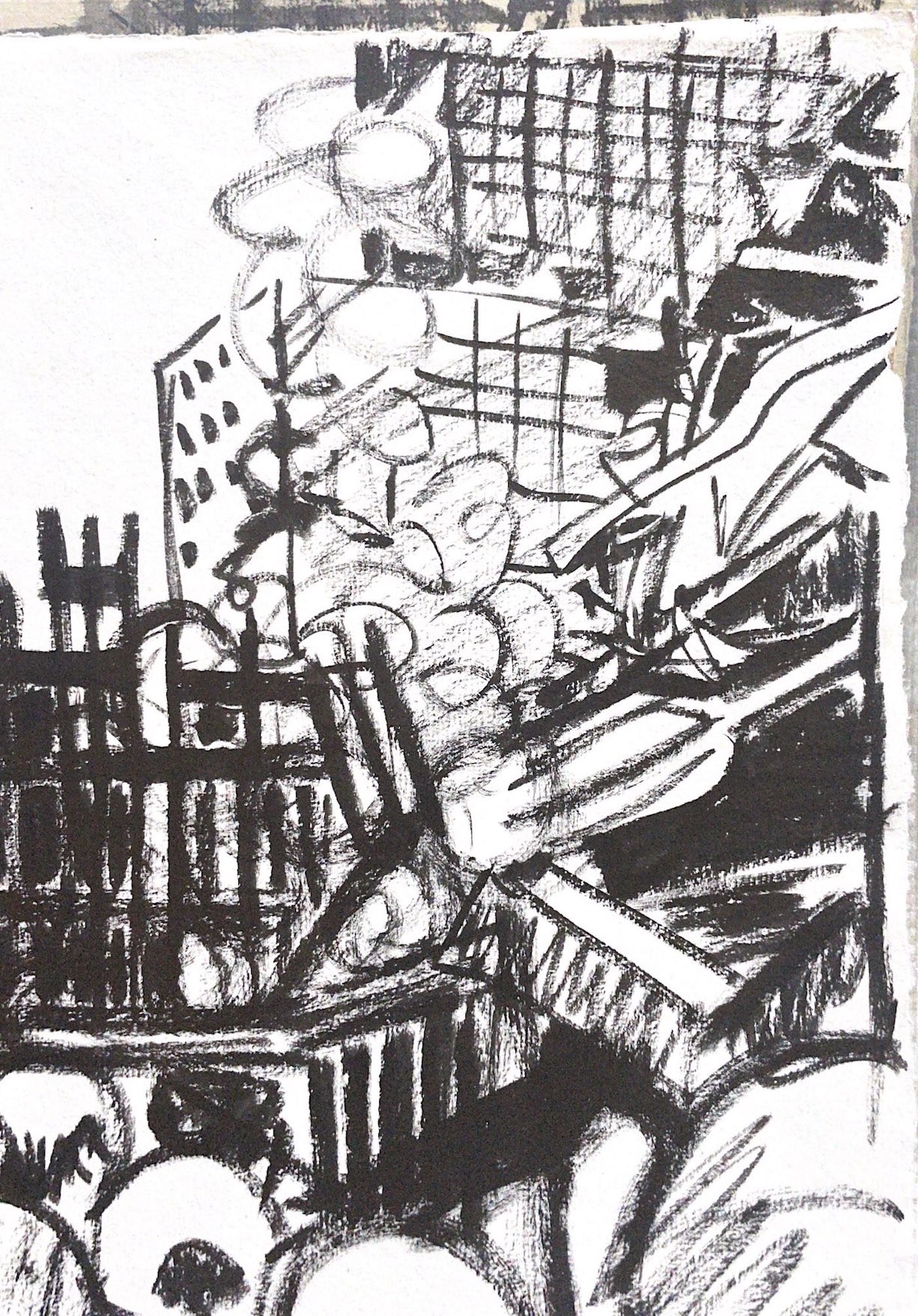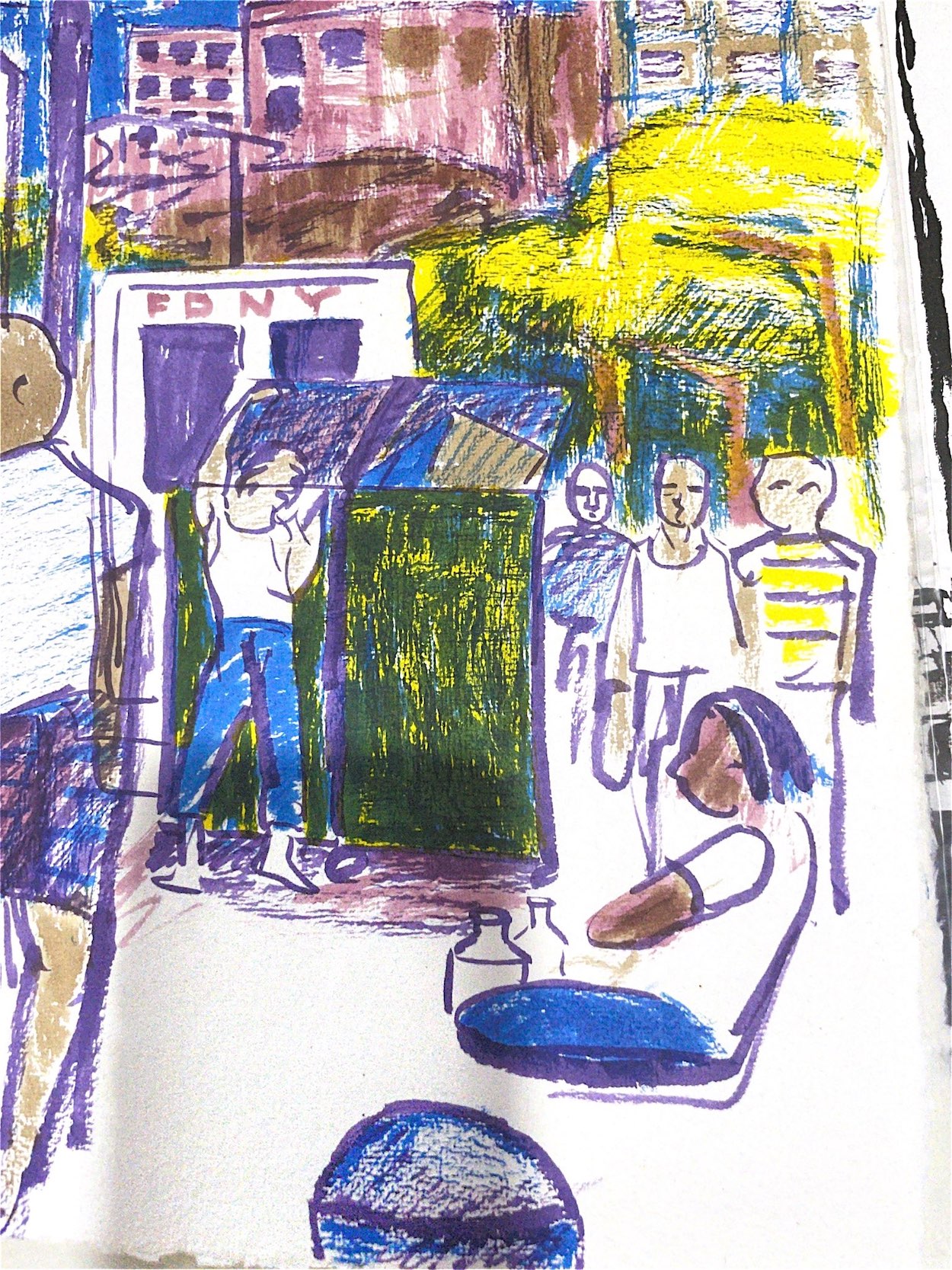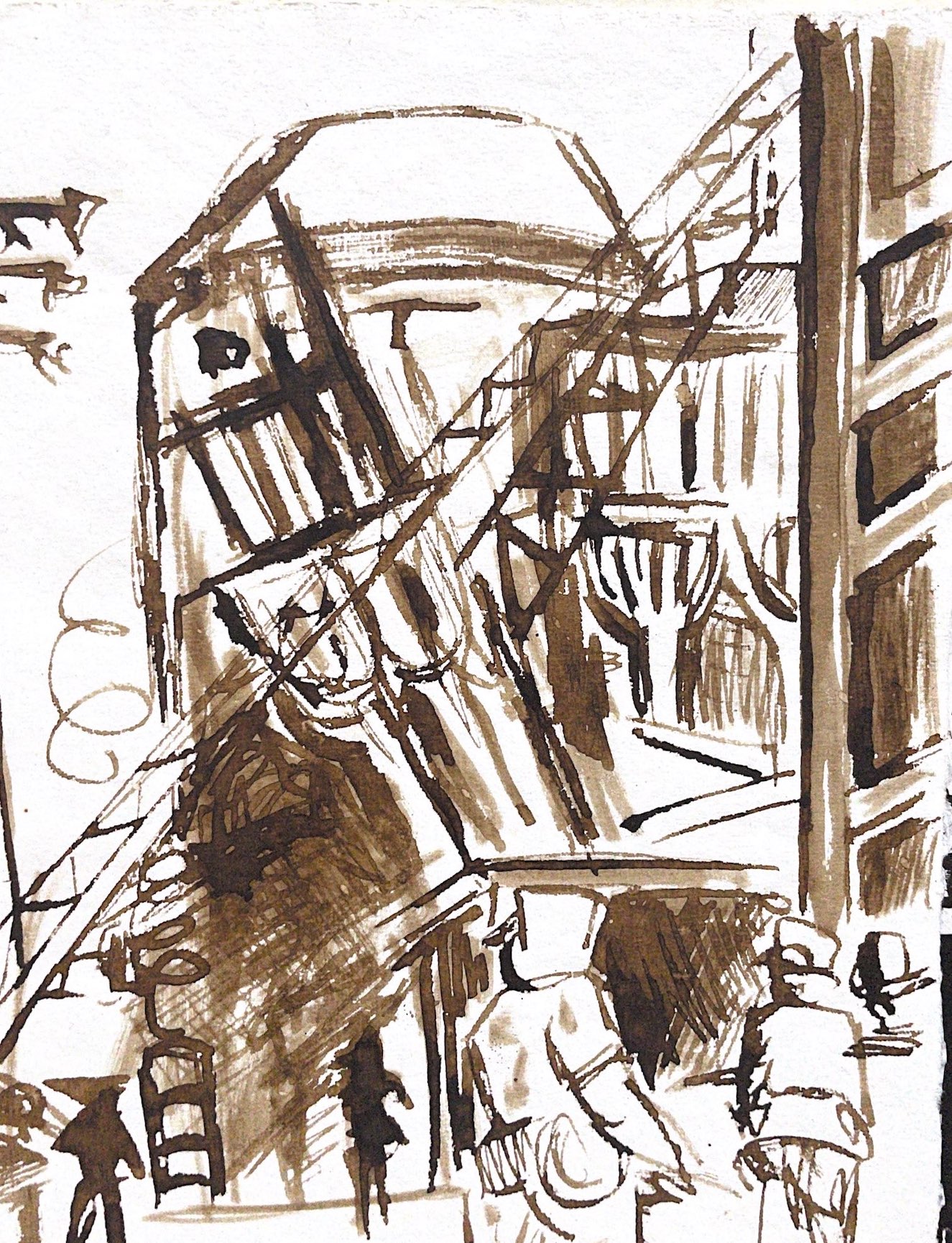Marie Roberts: Sketching at Ground Zero to Bear Witness
Marie Roberts: Sketching at Ground Zero to Bear Witness
- September 8, 2021
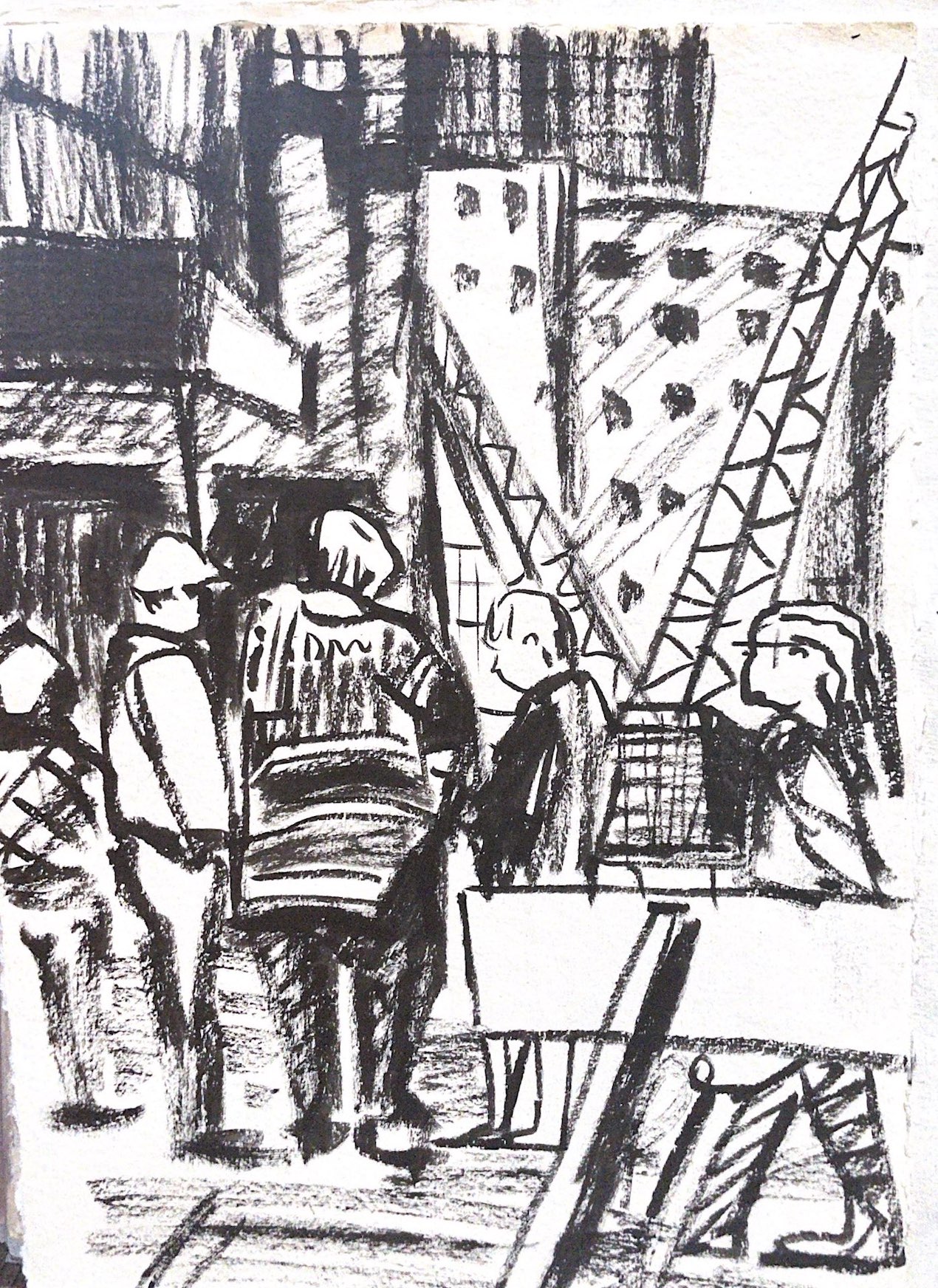
The painter Marie Roberts, an art professor at Fairleigh Dickinson University, has deep New York City roots planted long before she was even born. Her great-grandfather was a volunteer firefighter in Gowanus, pre-FDNY formation. Her grandfather Lester Augustus Roberts was an acting FDNY battalion chief who battled the flames that brought down the Dreamland amusement park in 1911. Her childhood in South Brooklyn was shaped by a revolving cast of sideshow performer houseguests hosted by her uncle. And for more than 20 years, she has served as the artist-in-residence at Coney Island USA, the non-profit arts organization that runs the Coney Island Museum and produces the iconic Mermaid Parade.
The colorful circus banner paintings for which she is best known have been exhibited around the country, from the Brooklyn Museum and San Diego Art Institute to PS1 and the McNay Art Museum. But in the days and weeks following September 11, Roberts stayed closer to home, observing and telling the story of the rescue and relief efforts at Ground Zero through more than 200 live sketches. While there, she gave drawings to anyone who asked. For four months – periodically accompanied by artist friends Morgan Taylor and Jackie Lima – she walked the changing perimeter, drawing what she saw and capturing the devastation in her own visual language.
What made you keep going back, day after day?
Because it's mine. This is my city. The idea that this could happen ... the juxtaposition of the most beautiful day ever and then OH MY GOD ... I felt like I had to keep drawing. I was just compelled to draw. And the first day, a soldier on Park Place said to me, "They said no photos, but no one said anything about drawing, so go ahead." It was unbelievable. It was almost like, I can't believe this is history and I'm living in it and I have nothing similar to look at to help process it – you'd just never seen anything like this before. I really felt like I was part of the fabric of the city by being there.
What can drawings do that photographs can't?
Through the cumbersomeness of the artist's hand, they kind of filter whatever you're looking at and get at the soul in a way that photographs can't. The soul of the pile, this thing that touched us all, the souls of the people we lost.
(L-R) KURETAKE BRUSH, SAKURA GEL, WALNUT DRAWING INK ON PAPER.
What role can art play in a disaster like this?
Witness, Photography isn't even 200 years old. Before there were photos, artists were trained to remember things. Goya, in his "Disasters of War" series, created a window onto what was true back then. I've always been interested in the draftsperson as a visual recorder. I think the role of the artist is bearing witness. But I feel I was reporting not only disaster, but also the resilience.
What do you wish people understood about New Yorkers' 9/11 experience?
I don't think people who weren't here realize how pervasive it was. It was that intense. Anybody who lived through it knows there's a hauntingness about the whole thing. Things still take you right back. Pockets of it come up, and you go back.
By 9/11 Memorial Staff
Previous Post
Impact of 9/11 Toxins 20 Years Later and the Federal Response
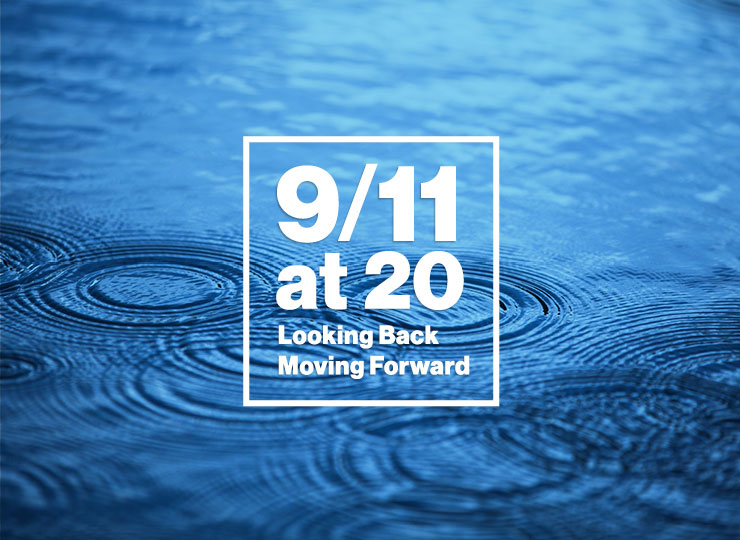
The 911 Health Watch will host two days of panel discussions with health professionals, journalists, first responders, and survivors, exploring the impact of toxins at Ground Zero, the Pentagon, and the Shanksville crash site.
Next Post
The 20th Anniversary Commemoration
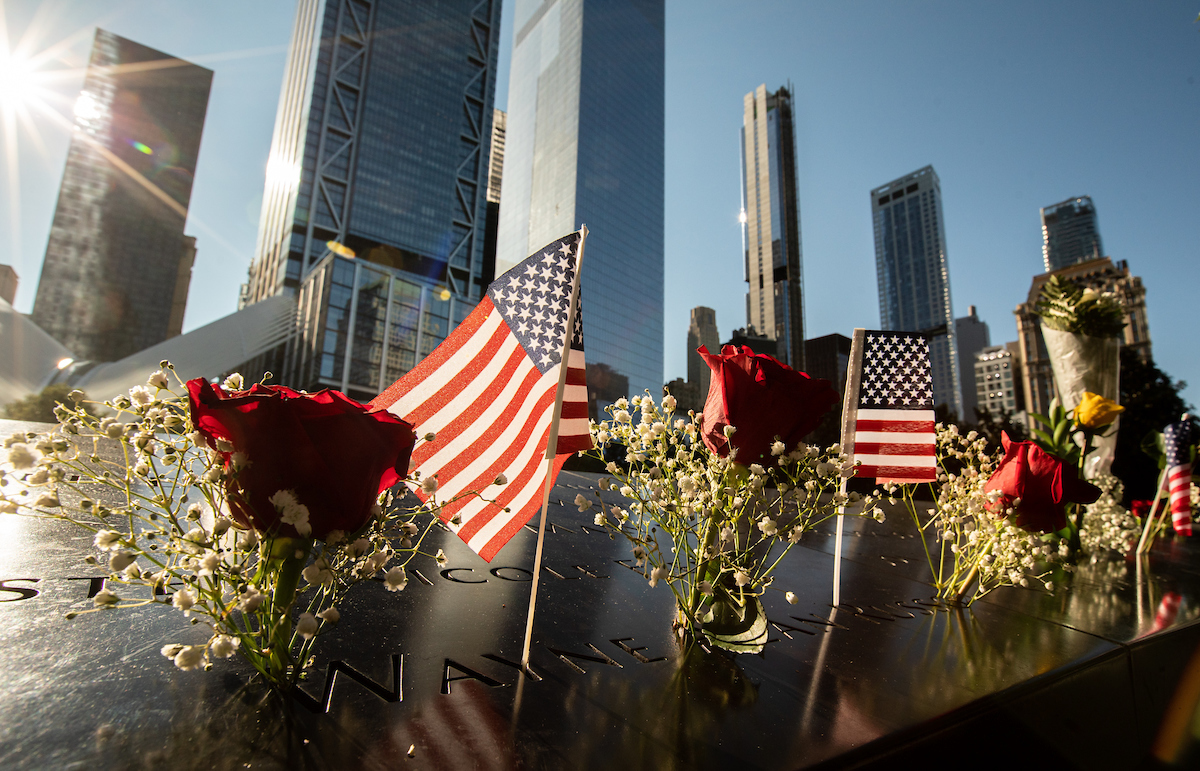
Thank you to everyone who joined us in remembrance on Saturday. Together, we will #NeverForget911.
